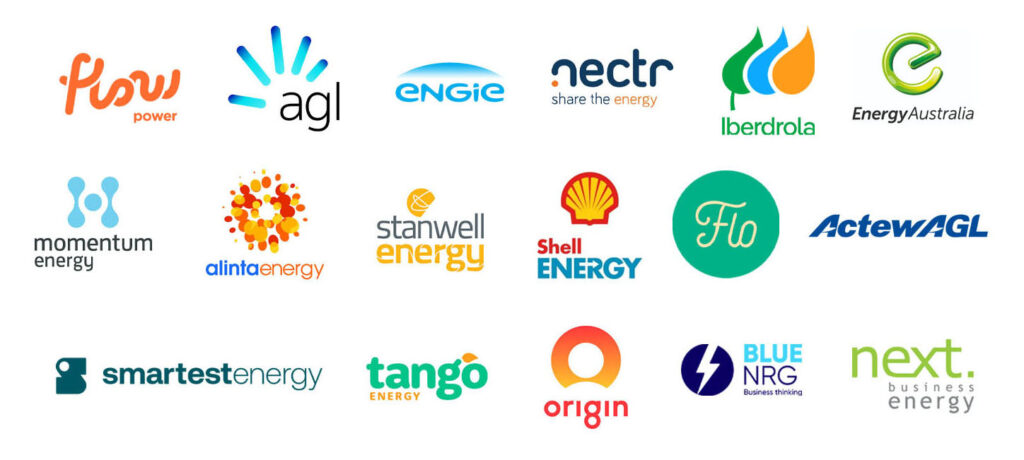West Australia has targeted a staggering 100 GW renewable energy projects to create green hydrogen hubs while New South Wales considers creating Hydrogen Valley in the Hunter.
Green Hydrogen first became a thing in Q2 of 2021 as Squadron Energy, a subsidiary of WA magnate Andrew Forrest’s Fortescue Metals, proposed a massive $1bn 850 MW Green Hydrogen Power station in Port Kembla, New South Wales.
Green Hydrogen is produced by using renewable energy and when burned as a fuel, has negligible harmful emissions.
Squadron said it may have needed to reassess the situation as the government announced that Snowy was to build a gas power station at Kurri Kurri in the New South Wales Hunter Valley.
But news that the Kurri Kurri plant and a new gas turbine at Tallawarra by EnergyAustralia would be willing to purchase gas from the Squadron green hydrogen hubs and a Federal Budget funding allocation of $30million pulled squadron back into the equation.
Another Green Hydrogen hub is being proposed in the Hunter Valley by a group of energy industry heavyweights.
Creating Hydrogen Valley
Fronted by renewable energy advisory firm Energy Estate, the consortium seeks to work in partnership with AGL Energy, APA Group and UK hydrogen electrolyser manufacturer ITM Power to create a Hydrogen Valley in New South Wales.
The consortium seeks to develop a large-scale green hydrogen production, transportation and export hub.
ITM is looking to set up shop in Australia at either Tomago’s aluminium smelter plant or Muswellbrook’s energy, training and industry precinct by repurposing an existing coal mine.
The first stage of the green hydrogen hubs project, running from this year to 2024, would facilitate more renewables coming online in the region through the installation of electrolysers at critical places, including Muswellbrook.
Stage one
- Developing a hydrogen pipeline from Muswellbrook to Liddell and associated infrastructure for hydrogen fuels, mobility, and mining green chemicals.
Stage two – 2022 and 2026
- Continue the development of an electrolyser at Muswellbrook
- Construction of second electrolyser at the AGL’s Liddell coal plant (shutting early)
- Hydrogen pipeline from Liddell to Newcastle
- Development of a hydrogen gas power station, or gas peaker.
Stage 3
- Export of renewable hydrogen from the region, including the construction of port infrastructure and export and “bunker” facilities in the Lower Hunter.
WA eyeing up 100 gigawatts of renewable power to produce Green Hydrogen by 2030
WA’s Hydrogen Industry Minister Alannah MacTiernan said the state is planning to vastly increase renewable energy generation to be funnelled into the production of Green Hydrogen.
The state aims to produce 100 GW of renewable power by 2030 and with less than 1 GW of current wind and solar, it will definitely need to up its game.
Ms MacTiernan said Western Australia could produce up to 100 gigawatts of renewable energy for hydrogen in the next 10 years, which could increase to 200 gigawatt by 2040.
WA is host to 30 renewable hydrogen projects and proposals, including several massive wind and solar projects such as Andrew Forrest’s 40GW plan in the Pilbara, CWP’s 26GW Asia Renewable Energy Hub in the same region, and smaller, but still substantial projects put forward by Siemens, BP and others.
The projects that are actually being built now are very small:
- A small hydrogen component in the Denholm microgrid
- An 18MW solar farm that will produce green ammonia at Yara’s Burrup plant
- A 10MW, 4.6 tonnes a day green hydrogen facility near the Warradarge wind farm,
- A proposal to use up to 25MW of spare capacity from the Ord River hydro generator
South Australia sets 500 percent renewable energy target
South Australia’s state government has set a target of 500 percent renewables to become an exporter of wind and solar.
SA will export in the form of green hydrogen or ammonia, or electricity over transmission lines.
The SA plan aims to generate 12GW of new wind and solar.
South Australia already has a renewable energy hydrogen electrolyser which feeds a 5 percent hydrogen gas mix into the suburb of Mitchell.
Tasmania’s government has set a 200 per cent renewables target.
Follow the latest news in the energy sector
Infrastructure like the planned green hydrogen hubs may affect energy supply and prices in the country as well as your energy costs. This is why, as an energy broker, we’re committed to keeping you informed about the latest developments in the energy sector. You can see all these in our blogs and news section or subscribe to our newsletter to get updates directly in your inbox.
And if you want to create a positive impact on your business’ electricity or natural gas bills, get in touch with our Energy Experts. We’ll be your guide through the energy cost-reduction process. Call us at 1300-852-770 or email us at hello@leadingedgeenergy.com.au and we’ll get you started.
We source, analyse, compare and rank commercial, industrial and multisite energy quotes. Obligation Free.
Chat with one of our experienced consultants today and get the insights your business needs to help manage the risks associated with volatile electricity and natural gas markets. Our energy procurement service is obligation-free and provides a time-saving way of securing lower energy rates from our panel of energy retailers.














